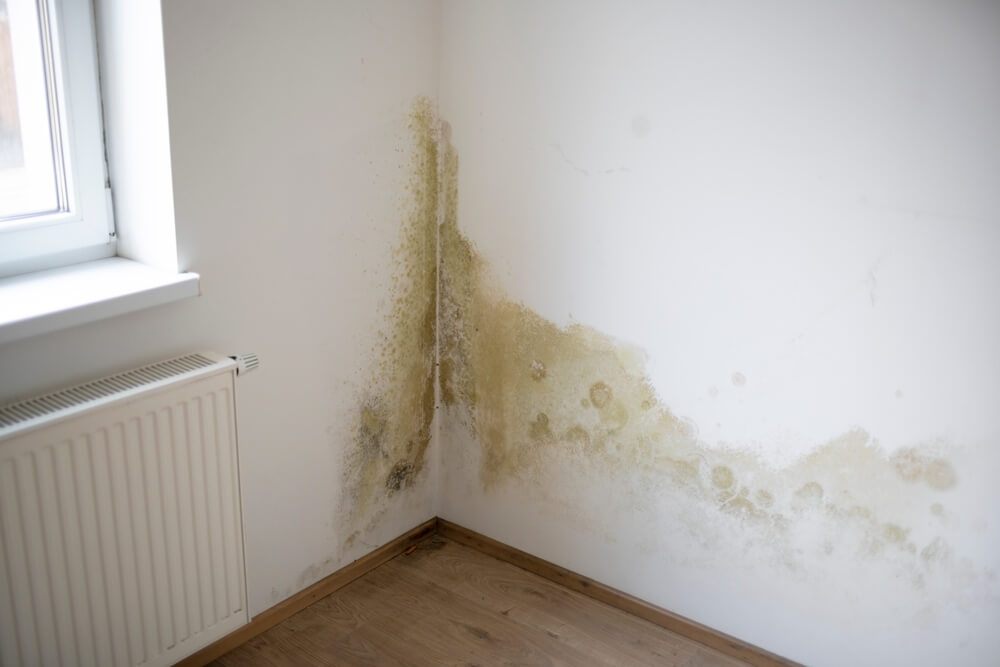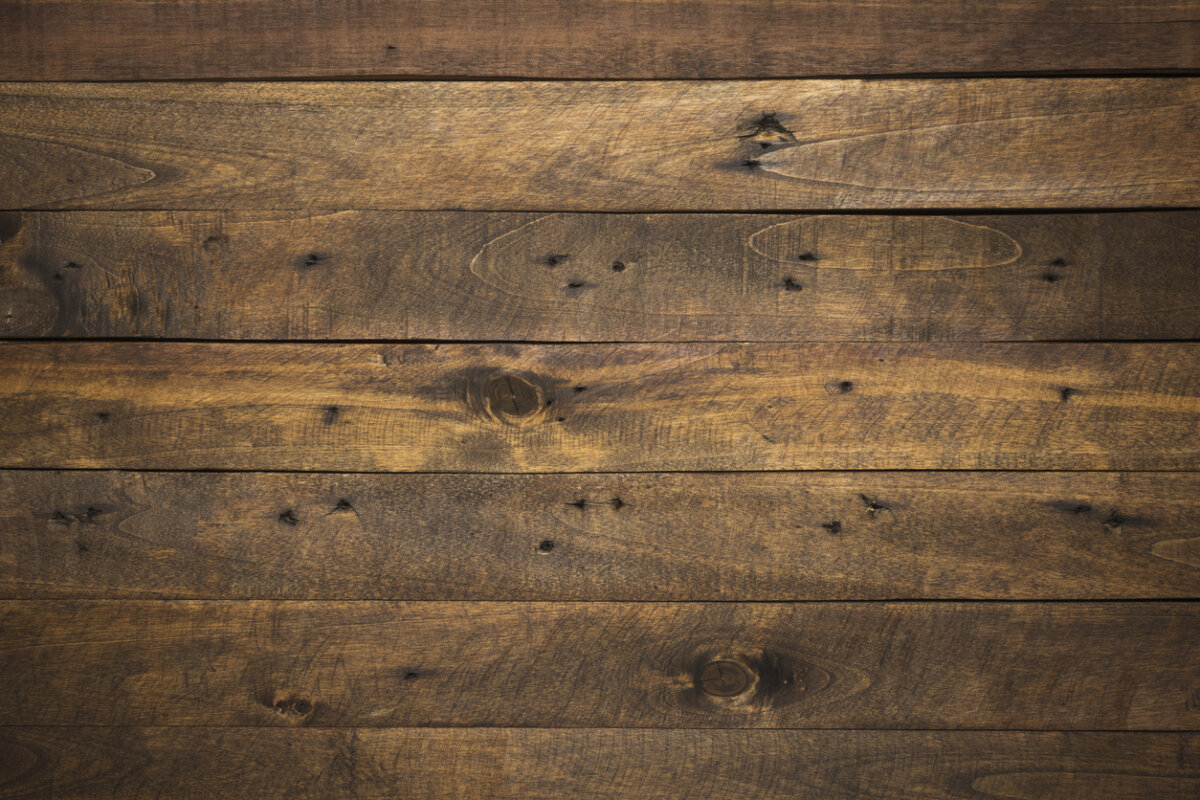How to Detect Excessive Moisture in Your Home

To detect excessive moisture in your home, it’s important to be aware of the warning signs. Tackling them immediately will help you avoid bigger problems.
Every home has moisture. After all, living in a home involves using services that lead to it. At least 15 liters of water a day are used in any home. Whether it be in the shower, the kitchen, the sink, or to do regular chores, we all use this liquid that naturally leads to moisture.
If all your appliances and plumbing work properly, the water should evaporate and cause no problems. This is why good maintenance is so important.
Excessive Moisture in Your Home
Causes

Excessive moisture is a big problem that can damage your health and your home.
Moisture may be generated when there’s poor ventilation in your home or you live in a place with a humid climate. In addition, not airing out your home during the winter can lead to excessive moisture. The walls, roof, terrace, or garage may fall victim to moisture. This situation may even happen suddenly.
Fortunately, there are signs that reveal you have an excessive moisture problem and allow you to act promptly.
How to Detect Excessive Moisture in Your Home
If moisture appears in easy-to-access places, it’ll be very easy to detect: moldy or blackish walls indicate that there’s a problem. However, sometimes it may appear on places that aren’t so easy to access, which may take you a while to detect.
The smell can help you discover where the moisture is coming from. Although the smell may vary, it’s typically linked to the presence of mold and mildew in dark, damp places.
When the spores are released, they give off a characteristic odor that will call your attention. You must be careful since they’re particularly harmful to health and can trigger or worsen allergies and other respiratory problems.
This article may interest you: Four Solutions to Get Rid of Mold in Your Bathroom
Constant Monitoring

Wood surfaces, as well as the walls and ceiling, are areas of fast moisture detection.
Constant monitoring is extremely important. The places where water vapor accumulates must be regularly checked.
The kitchen and bathrooms are especially susceptible to excessive moisture. Condensation on surfaces indicates the presence of moisture.
Since cellars and basements are constantly in contact with soil, they’re also prone to moisture. This is known as “rising damp.” It occurs due to a lack of good slab foundations, which leads the moisture in the soil to penetrate through the structure.
If paint peels off a wall, there may be a small leak. This type of moisture is associated with construction problems. Not waterproofing roofs, walls, or basements and deteriorating bathroom tile joints are common causes.
Allies against Moisture
You can resort to many allies in your search for moisture in your home. Water contact indicator tape changes color when it detects moisture. It’s inexpensive, very easy to use, and disposable.
A hygrometer is an instrument used to measure the moisture in an environment. There are many different types, including digital ones that show the data on a screen.
Read this, too: How to Remove Mold from Your House
Prevent and Fight Excessive Moisture in Your Home

Adequate ventilation reduces the moisture that accumulates due to condensation. That’s why ventilating your home will help you prevent excessive moisture. In particular, the kitchen and bathrooms must have the capacity to ventilate. This is why range hoods are very useful to prevent moisture.
The moderate use of heating also proves helpful. You should ideally keep your house’s temperature between 60 and 70°C to minimize condensation. If your budget allows it, invest in large windows that allow air circulation.
Also, note that having a lot of plants and drying your clothes inside may contribute to increased moisture.
However, if the cause of moisture is leaks, you have to make sure to repair them immediately. These repairs should preferably be done by professionals.
This problem can be easy to prevent, detect, and fight. You must take appropriate measures to prevent excessive moisture in your home, as it could harm your health.
All cited sources were thoroughly reviewed by our team to ensure their quality, reliability, currency, and validity. The bibliography of this article was considered reliable and of academic or scientific accuracy.
- EPA 2015. Una guía contra el moho y la humedad en casa. Extraído de: https://espanol.epa.gov/sites/production-es/files/2015-08/documents/moldguide_sp_1.pdf
- araucosoluciones.com. Cómo prevenir la humedad en casa. Extraído de: https://web.araucosoluciones.com/_file/01_15955_foll-web_sugerencias_prevenir_hum_mexco_01_sep_15_2322.pdf
This text is provided for informational purposes only and does not replace consultation with a professional. If in doubt, consult your specialist.








